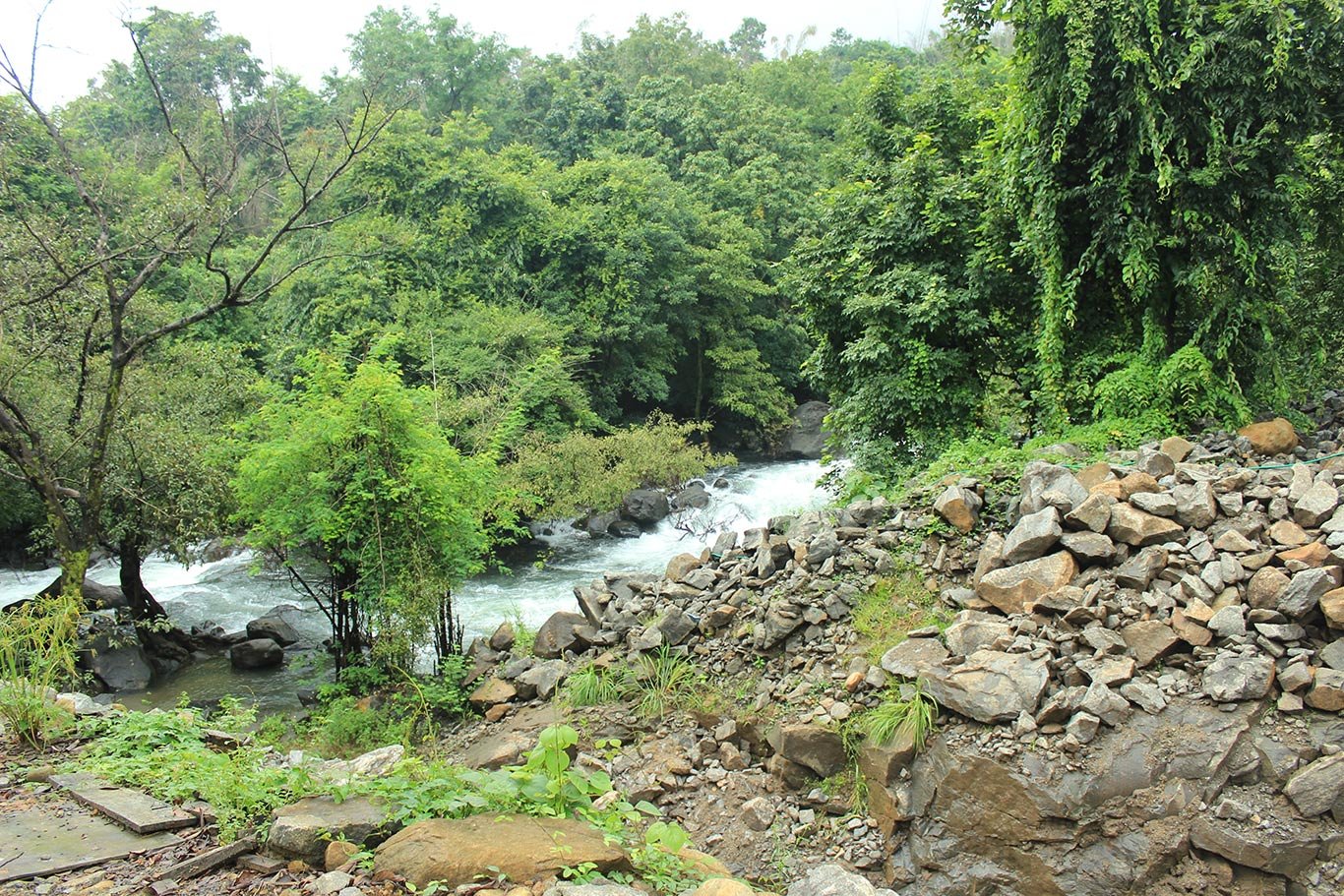The Celestial City of Malappuram
Nilambur tourism has been on a billowing rise, which can be hat tip to its inordinate geography and the potential to cover several tourist places in one go. Towards the end of Feburary temperature starts climbing and this marks the beginning of summer in Kerala. In peak summer, when the streams and waterfalls have dried up and the weather is hot, Nilambur gives you a watered down hill station experience.
On how to spend your day at Nilambur depends on your sightseeing intentions, travel plans and climate. In the past this place was only a halting place for tourists enroute to Ooty. But thanks to efforts of tourism department, Nilambur has its own identity in Kerala’s tourism map.
What’s there 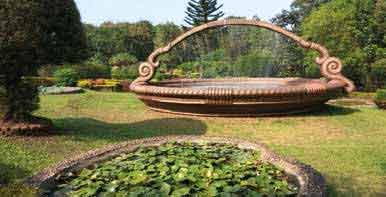
This beautiful small sleepy town on the bank of Chaliyar river, has surprises in store for its visitors. It offers the best of nature and wild life for the tourist. It abounds in nature’s blessings which manifests in a variety of ways in its extensive forests teeming with bamboos, teak, rosewood, mahagony, etc.
The rainforest of Nilambur is a treasure trove of biodiversity. With breathtaking views, tribal settlements, waterfalls and small streams, the place is truly a ravishing beauty.
The place is noted for its tribal settlements, the world’s first teak Museum, vast rain forests, waterfalls and ancient residences of Maharajas, famous for their beautiful frescoes and artworks in wood.
If you are on a day tour, the best places to visit are those in easy riding distances from the town such as the Teak Museum and Connolly’s plot. The travellers should keep aside a couple of hours for Adyanpara, one of the best waterfalls in the region.
Teak Museum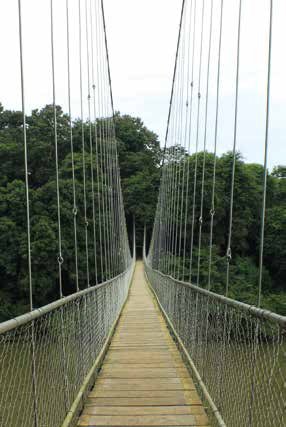
Nilambur Teak Museum is the world’s first teak plantation which was built in 1840’s by the British. The Museum is arranged in a two storied building, exhibiting articles and details of historic and scientific value.
The Museum attracts a lot of visitors around the year and recognizing that it was a good opportunity to impart nature awareness education.
The major attraction of the museum is the root system of a mature teak tree exhibited in the gallery for welcoming the tourists. The root system is a metaphorical representation of the past, present and future of the museum. The teak museum also consist of a library where the literature related to teak wood is available.
The Teak museum is located about 4 km from the town of Nilambur, on the Nilambur-Gudallur route.
The major attraction of the museum is the root system of a mature teak tree exhibited in the gallery for welcoming the tourists. The root system is a metaphorical representation of the past, present and future of the museum. The teak museum also consist of a library where the literature related to teak wood is available.
Conolly’s plot
It is one of the oldest teak plantations in the world sprawling across a huge are of 2.31 hectares of land. It was created between the years of 1842 and 1844 and is named after the H V Conolly, the district collector of Malabar during the British rule, who decided to create the plantation.
The main reason for creating the plantation was to meet the growing demands of teak during that time. Along with a local sub-forest conservator Chathu Menon, Conolly successfully carried out the planting of new teak trees and discouraged felling of immature trees.
One has to cross a beautiful hanging bridge which is the longest in Kerala built across the river Chaliyar to reach the Conolly plot. However, the most popular landmark of this plantation is world’s oldest teak tree standing here.
Adyanpara Waterfalls
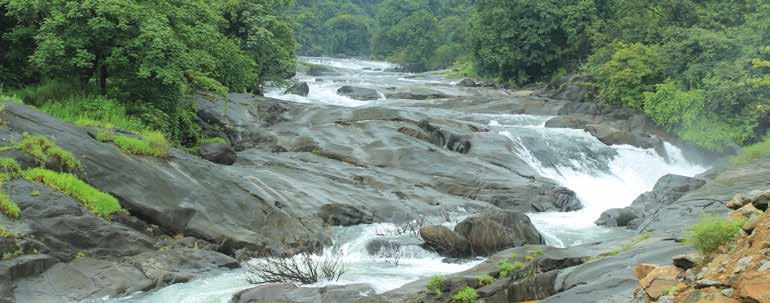
Offering a bewitching view, Adyanpara Waterfalls is flanked by a thick cover of lush green forest. The water of this fall is believed to hold mystic medicinal properties and is naturally purified. It is because, the water flowing gets too intimate with all kinds of herbs and shrubs from the jungle before reaching the falls.
During the summer season the waterfall dries up a bit but during the monsoon, it becomes a must see place in Kerala. Several exotic avifauna and migratory birds flock this sightseeing place, and thus add to its pristine and picture perfect surrounding.
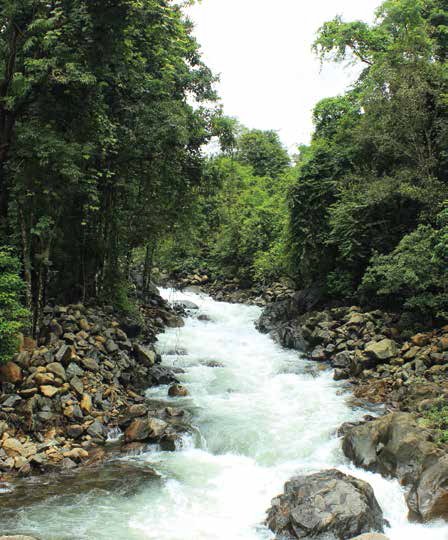
One has to cross a beautiful hanging bridge which is the longest in Kerala built across the river Chaliyar to reach the Conolly plot. However, the most popular landmark of this plantation is world’s oldest teak tree standing here.
How to reach
This beautiful town on the bank of the Chaliyar River is at a distance of 70 km from Calicut , 100 km from Ooty (Uddagamandalam) and 40 km from Malappuram town.
By flight: Calicut International Airport serves as the nearest airport to the town located just 45 km away. The airport is well connected to many the Middle East as well as South East Asian countries apart from the other major cities of India. Taxis are easily available outside the airport till the required destination.
By train: Nilambur Road Railway Station situated 4 km from the town is a main railhead of the region. It also lies in the proximity to the Chandakkunnu Bus stand at a distance of 2 km. Taxi and buses are available to commute to other places in the town. The Nilambur – Shoranur Railway Line was built by the British to carry woods and other products from forests to the outside world.
By bus: A well-maintained network of roads connects Nilambur to other cities of Kerala. Regular bus services both state-owned, as well as private, plies many major cities like Bangalore, Kannur, Kozhikode, Palakkad, Ernakulam, Trivandrum etc.
Local Transport in Nilambur: Nilambur is small town where commuting from one place to another is pretty easy. Buses and auto rickshaws are cheap modes of transportation and a way to explore the town from the locals’ point of view. Make sure you carry a camera to capture the true essence of the town.
For history lovers
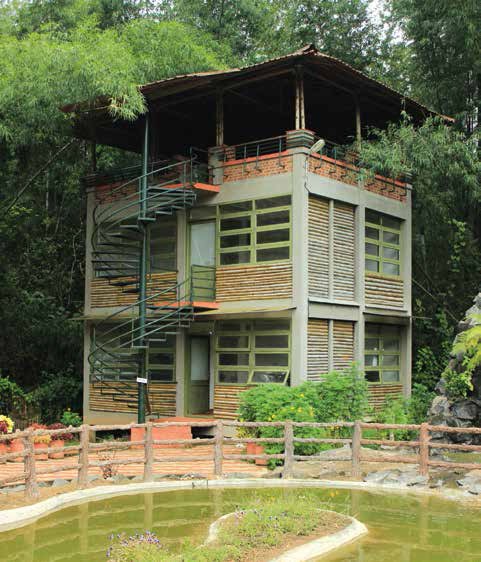
Nilambur Kingdom or Nilambur Kovilakam was a former feudal state, which was ruled by Samantha Kshatriyas who were the vassals of the Zamorins of Calicut. The capital of the primeval kingdom is located 25 km north of Manjeri in present-day Malappuram district. Famous Vettakkorumakan Kovil (famous for Pattutsavam) and Nilambur Kovilakam are situated on the banks of Chali river.
Best time to visit
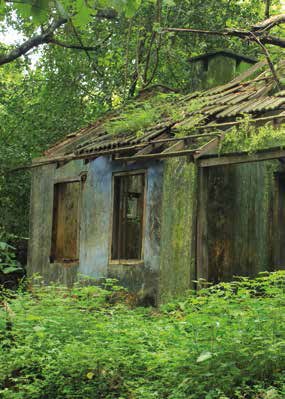
The waterfall never dries up and can be visited throughout the year. Many visit here year round, although the best time to visit is from September till December.




